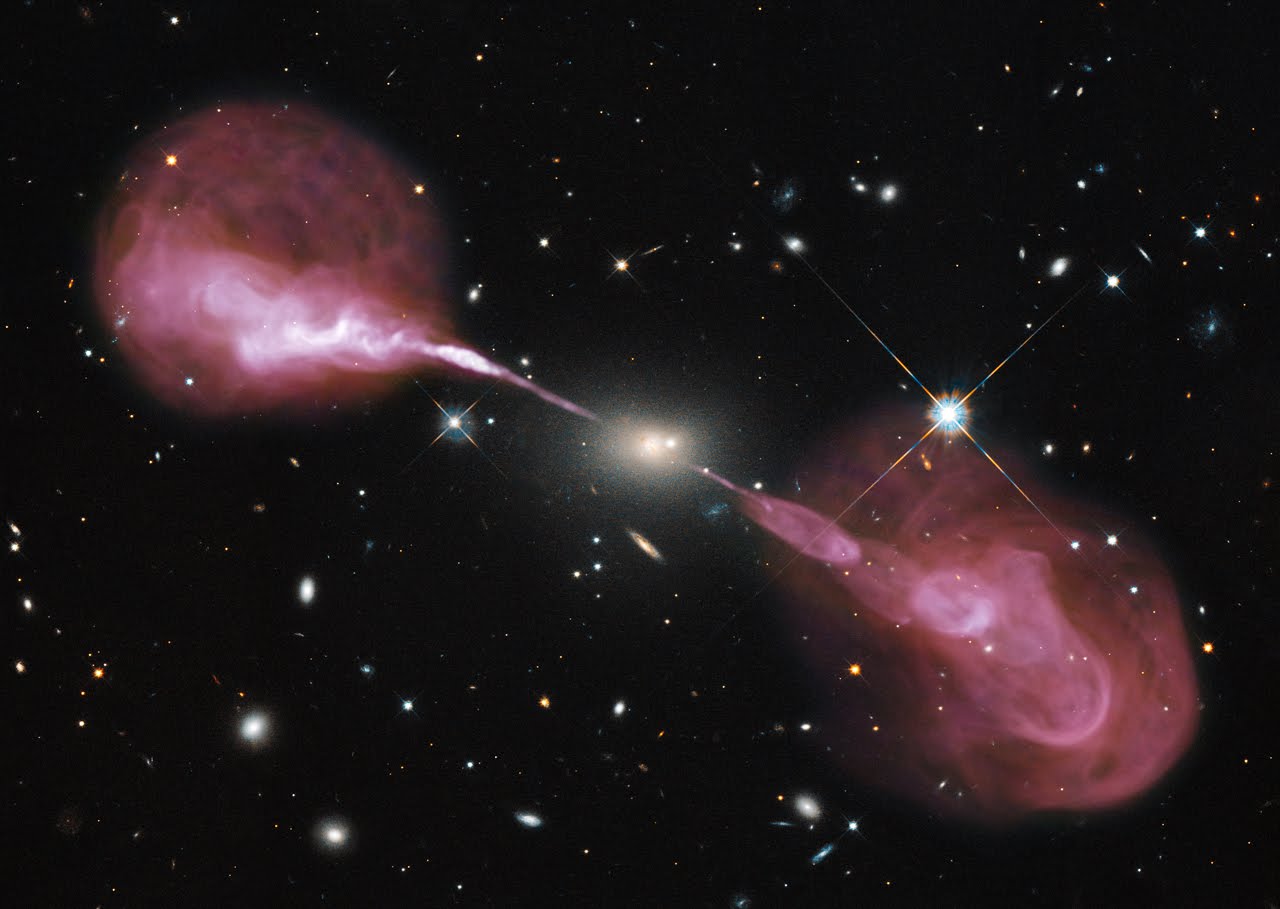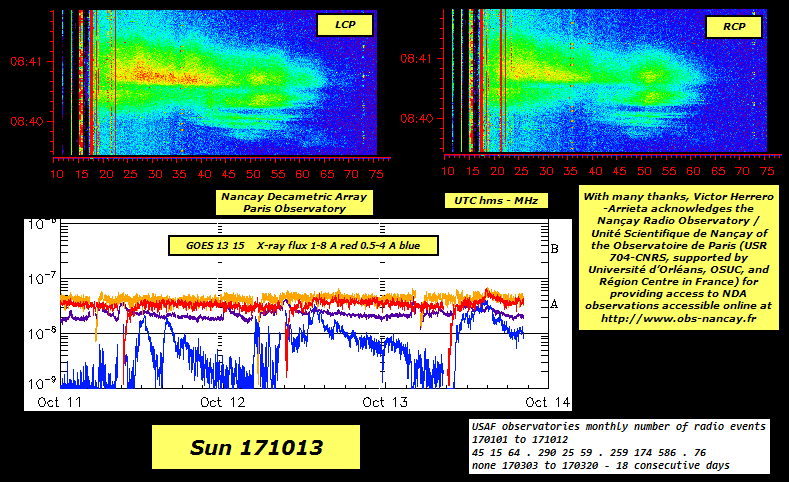With many thanks from Victor Herrero-Arrieta to the Teams at Juno Waves, NASA Planetary Data System, STEREO A, WIND, and the Tax Payers of the United States of America.
With many thanks, Victor Herrero-Arrieta acknowledges the Nançay Radio Observatory / Unité Scientifique de Nançay of the Observatoire de Paris (USR 704-CNRS, supported by Université d’Orléans, OSUC, and Région Centre in France) for providing access to NDA observations accessible online at http://www.obs-nancay.fr
------
Magnetosphere of Jupiter :
https://en.wikipedia.org/wiki/Magnetosphere_of_Jupiter
Jupiter events at Juno Waves and other observatories :
http://herrero-radio-astronomy.blogspot.com/2017/09/jupiter-events-1-at-juno-waves-and.html
http://herrero-radio-astronomy.blogspot.com/2017/09/jupiter-events-2-at-juno-waves-and.html
http://herrero-radio-astronomy.blogspot.com/2017/09/jupiter-events-3-at-juno-waves-and.html
http://herrero-radio-astronomy.blogspot.com/2017/09/jupiter-events-4-at-juno-waves-and.html
http://herrero-radio-astronomy.blogspot.com/2017/10/jupiter-events-5-at-juno-waves-and.html
http://herrero-radio-astronomy.blogspot.com/2017/10/jupiter-events-6-at-juno-waves-and.html
Jupiter events at the University of Iowa Space Physics LWA1 Data Project :
http://herrero-radio-
http://herrero-radio-
http://herrero-radio-
http://herrero-radio-
http://herrero-radio-
http://herrero-radio-
http://herrero-radio-
Examples of Jupiter events observed by Juno Waves :
http://herrero-radio-
-----
I refer to Kurth et al. 2017 "A new view of Jupiter’s auroral radio spectrum"
"...3. Discussion and Summary
187 The Juno Waves observations from perijove 1 reveal an overall structure for non-Io
188 related Jovian auroral radio emissions that consists primarily of V-shaped emissions in
189 frequency-time spectrograms in which the vertex falls close to the local electron cyclotron
190 frequency where the emissions are generally more intense. The intensification and the proximity
191 of the emission to fce provide the suggestion that at these times the spacecraft is close to a source
192 region. For some of the events, closer inspection shows the emission is at or even below fce and
193 the electron distribution function sometimes shows down-going beams and up-going loss cones.
194 Louarn et al. [2017] show that loss cone distributions observed in the vicinity of Event C are
195 sufficient to drive the cyclotron maser instability. Mauk et al. [2017] report loss cone features in
196 the more energetic electron observations made by the JEDI instrument at similar times as those
197 of interest, here. Hence, it will be important to consider the full range of electron distributions
198 before a final assessment of the distribution responsible for the radio emissions. We note,
199 however, that for the possible sources noted in the present work, the fact that the radio emissions
200 are not far below fce, hence, the resonant electrons cannot be much above the JADE electron
201 energy range.
202 The V-shaped emissions observed are almost certainly the result of the relative motion of
203 Juno with respect to CMI sources having thin conical sheet beaming patterns with large opening
204 angles [Kaiser and MacDowall, 1998; Queinnec and Zarka, 1998]. There are V-shaped
205 emissions both near AKR sources at Earth and Saturn, although these are typically filled as
206 opposed to the narrow features in Figure 2. Louis et al. [this issue] shows that some decametric
207 emissions near Perijove 1 have V-shaped emissions that are well modeled by simulations. This
208 suggests the V-shape may be related to sources that are restricted to one or a small set of field
209 lines. Future work will include modeling the frequency-time structure with tools such as those
210 described by Louis et al. [this issue] and Imai et al. [2017 a, b].
211 While there are few specific spectral features that provide accurate plasma frequencies, it
212 appears that fpe is of order 20 kHz throughout the Jovian polar region, hence, fce >> fpe for at least
213 events B and C. The situation is similar to that at Saturn where the density is so low that there is
214 no need for plasma cavities such as occur over Earth’s auroral regions to meet the fce >> fpe
215 requirement for the cyclotron maser instability.
216 Hess et al. [2008] examine various mechanisms by which electron acceleration events
217 observed by the Galileo plasma instrument near Io might generate CMI emissions. Provided the
218 plasma density in the source region is sufficiently low that Earth-like plasma cavities are not
219 required, they favor an oblique instability driven by heating which generates emissions with
220 beaming angles that vary along the Io flux tube with smaller angles at larger magnetic field
221 strengths (lower altitudes, higher frequencies). While the emissions reported herein are not Io
222 related, it is likely similar conical beaming occurs.
223 The first examination of radio emissions from low altitude, high latitude with Juno
224 provided an illuminating view of V-shaped frequency-time structures with vertices near fce and
225 sometimes covering virtually the full spectral range from kilometric to decametric frequencies.
226 Juno came at least close to up to five radio sources over about 18 hours near closest approach.
227 For some of the near-source crossings, electron observations at energies of a few to 10’s of keV
228 show loss cone and beam features that are reminiscent of terrestrial auroral kilometric sources.
229 Louarn et al. [2017] provide evidence that the distribution for Event C is sufficient to drive the
230 cyclotron maser instability, consistent with the observed emissions. It remains to model the
231 observed sources, as done by Louis et al. [this issue] for Io related emissions, to show that they
232 can result in the V-shaped frequency-time structures and to further investigate the energetic
233 electron distributions for their ability to drive the radio emissions. These observations, however,
234 serve to confirm that the CMI process is a universal process for the generation of auroral radio
235 emissions..."
----














































